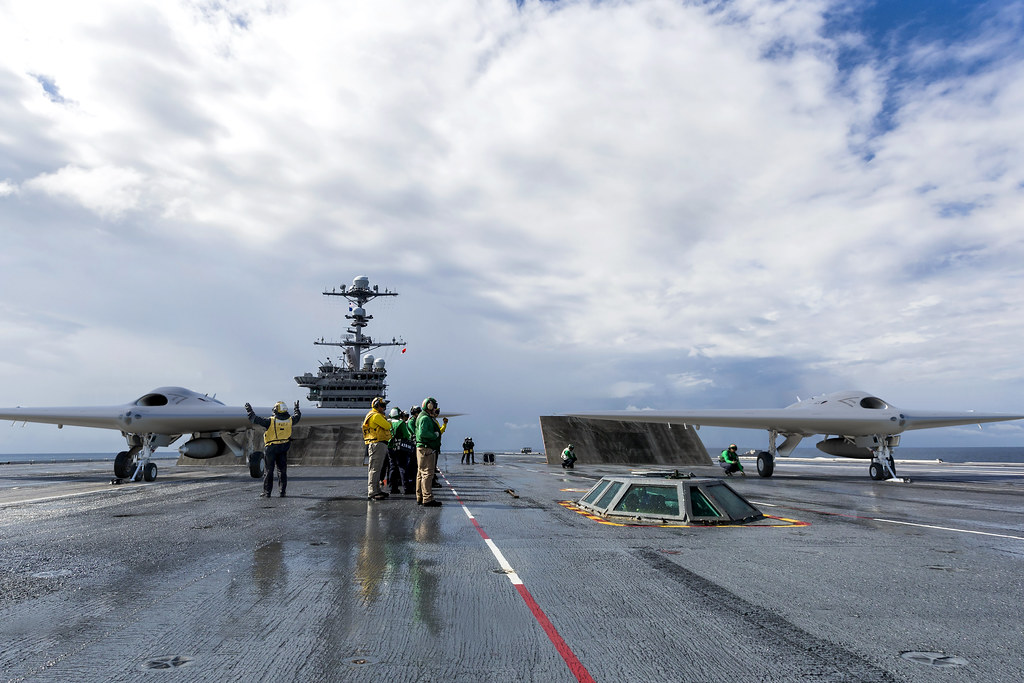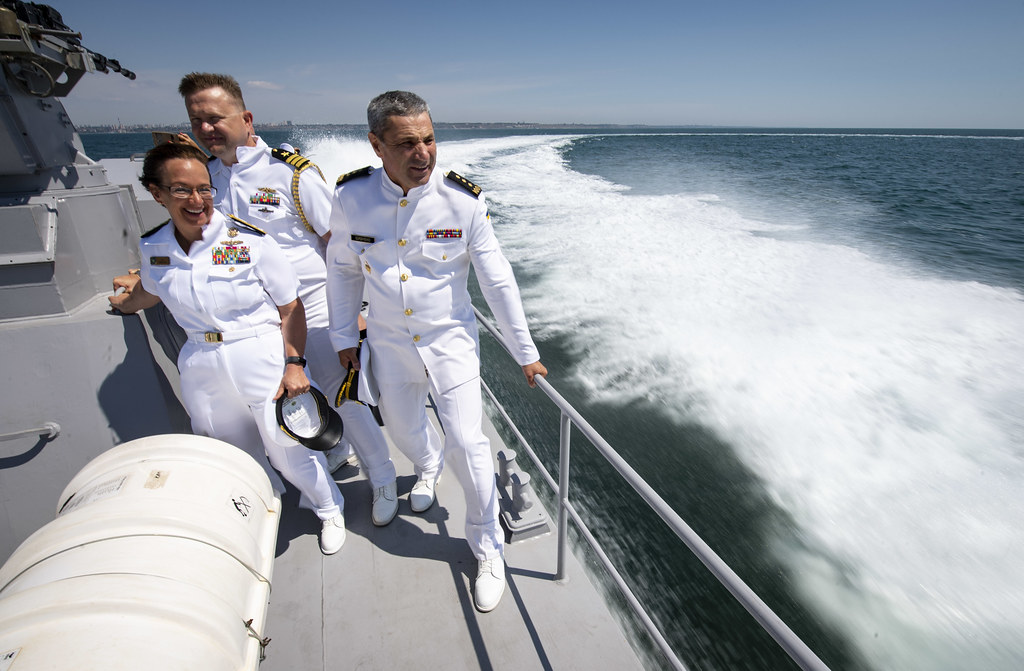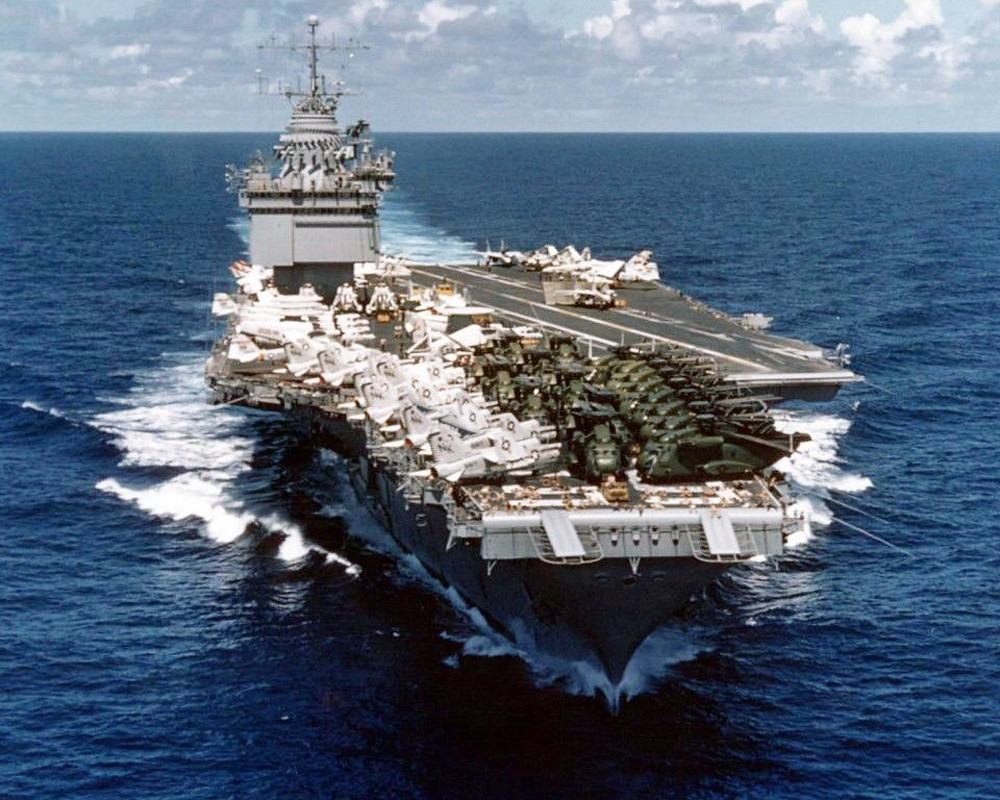
The Boeing MQ-25 Stingray, the U.S. Navy’s forthcoming unmanned aerial refueling aircraft, has sparked substantial interest with its recent advancements, signaling a major shift in military aviation and naval operations.

The Stingray is poised to become a crucial component of future carrier air wings, potentially transitioning up to 60 percent to unmanned platforms by 2040.

Boeing has validated software crucial for the Stingray’s operation, enabling an F/A-18 Super Hornet pilot to command the unmanned MQ-25 to release a refueling drogue and refuel the Super Hornet mid-air. This testing, conducted in a simulator lab, demonstrated the software’s readiness for future U.S. Navy use.

As Alex Ewing, F/A-18 New Product Development lead, stated, “This software will add a second option, enabling pilots to initiate commands right from their cockpit,” enhancing pilot flexibility.

The MQ-25’s ability to autonomously take off, land, and refuel other aircraft without requiring a remote pilot presents a significant leap forward in refueling technology, as underscored by Juan Cajigas, director of Boeing’s Advanced MQ-25 program.

He explained, “Aerial refueling is like a ballet as two airplanes come together. To be able to direct the activities via a single pilot, safely and efficiently, is a major step forward.”

The MQ-25’s development aligns with the Navy’s intent to enhance carrier strike group capabilities, addressing a shortfall in available combat aircraft and reducing wear on F/A-18 Super Hornets that have been used as impromptu tankers.

The Stingray’s entry into service, now expected in late 2026, aims to accelerate the delivery of these aircraft to the fleet.

As the U.S. Navy looks to the future, the MQ-25 program has also initiated discussions about expanding the drone’s mission profile.

Not merely content with its primary refueling role, Boeing has suggested the Stingray could be adapted for surveillance and strike missions, hinting at a versatile and multi-role future for unmanned naval aviation.

Despite the Navy acknowledging delays attributed to the challenges Boeing faced in establishing a mature production line, confidence remains that the MQ-25 will deliver on its promises. Troy Rutherford, Boeing’s MQ-25 program manager, emphasized the program’s lean-forward approach, aiming to develop the Stingray more rapidly than other production programs.

With the Navy’s commitment to innovation, the MQ-25 is anticipated to set a precedent for future unmanned systems designed to keep pace with emerging threats.

The Navy plans to acquire 76 MQ-25s, with at least 67 operational units poised to support carrier air wings. As the Stingray prepares for carrier trials and eventual operational status, Boeing’s testing and the Navy’s logistical efforts are ensuring that the pathfinder drone will meet its intended objectives.

The MQ-25 Stingray represents a transformative element in naval aviation, introducing a new era where unmanned systems play a pivotal role in the complex ballet of carrier operations.

As the program overcomes its hurdles, it stands as a testament to the military’s forward-thinking strategy and technological innovation.

